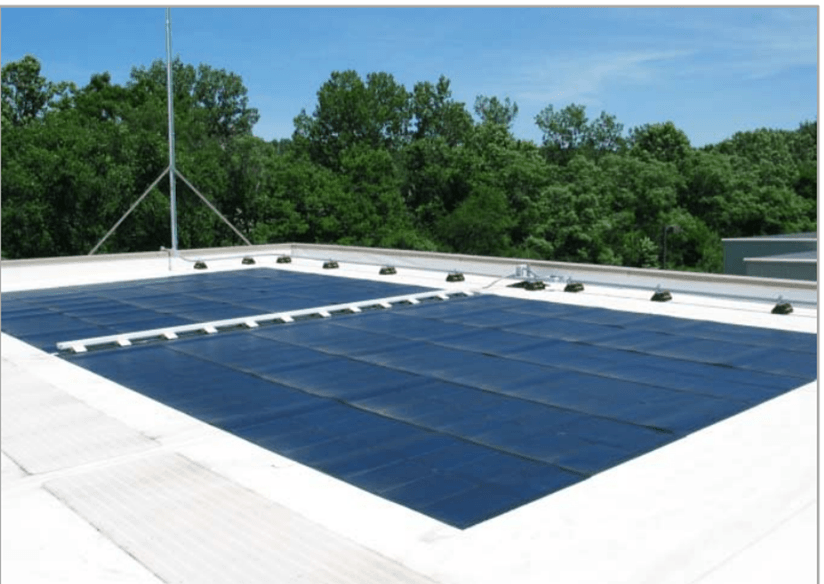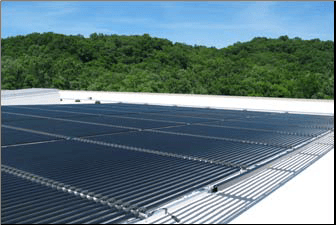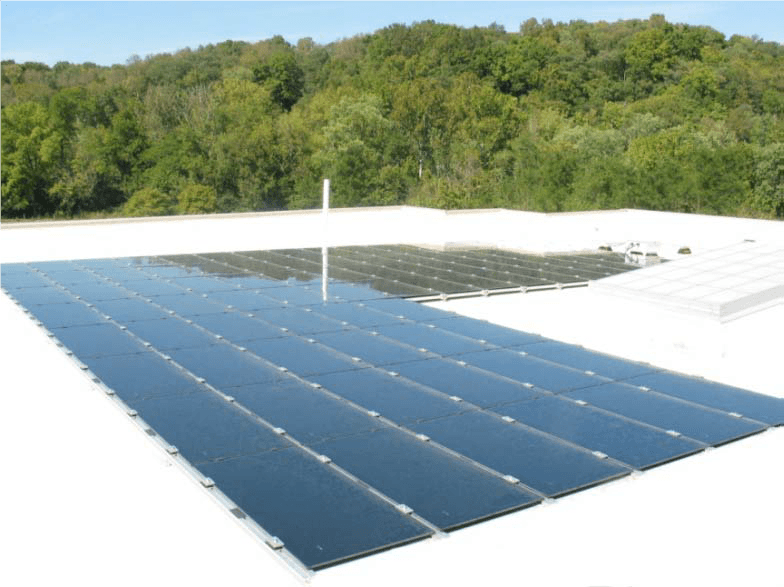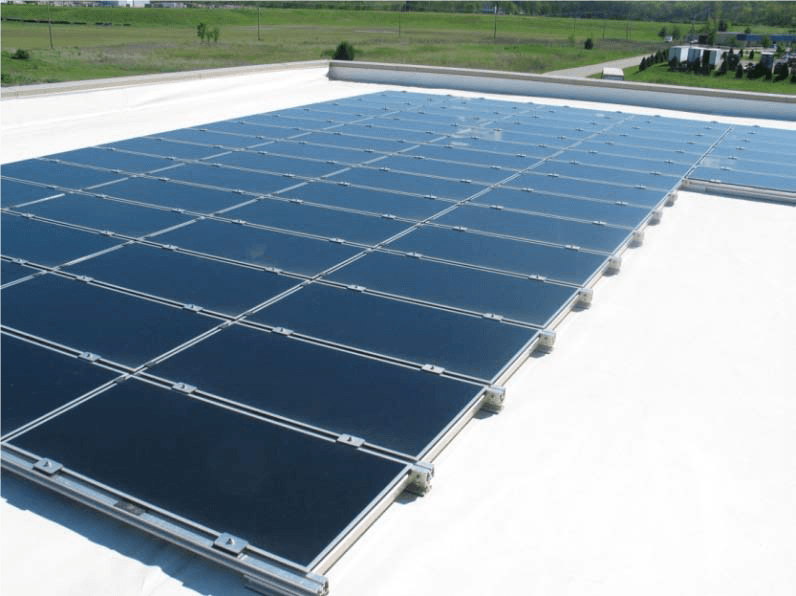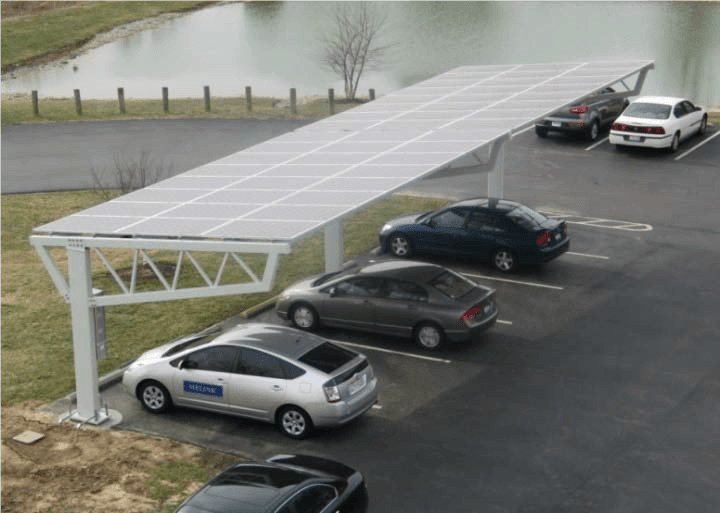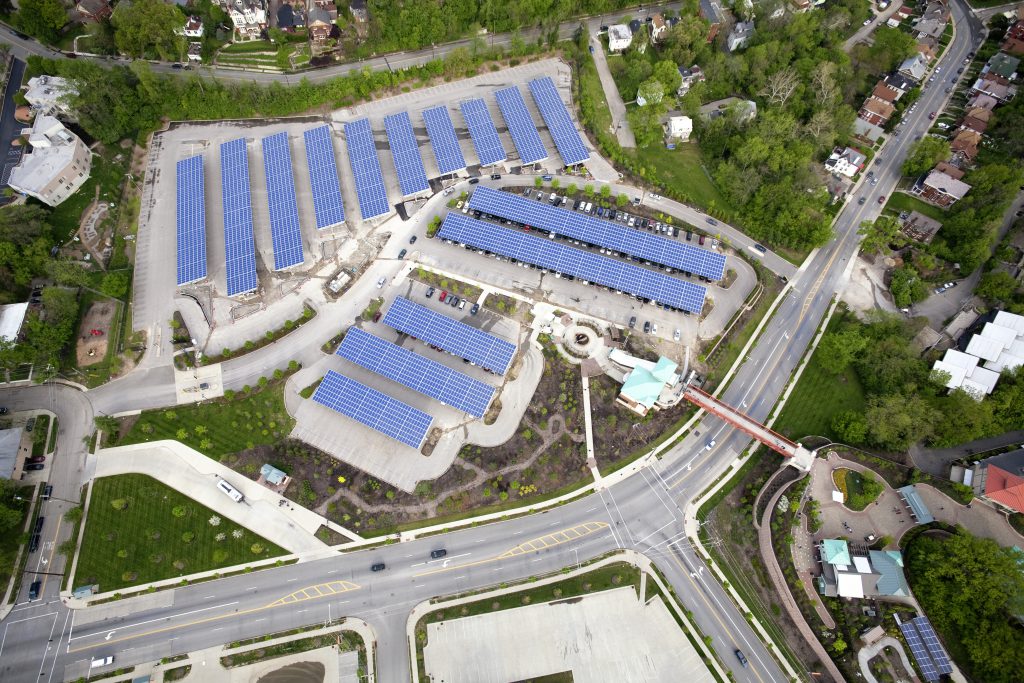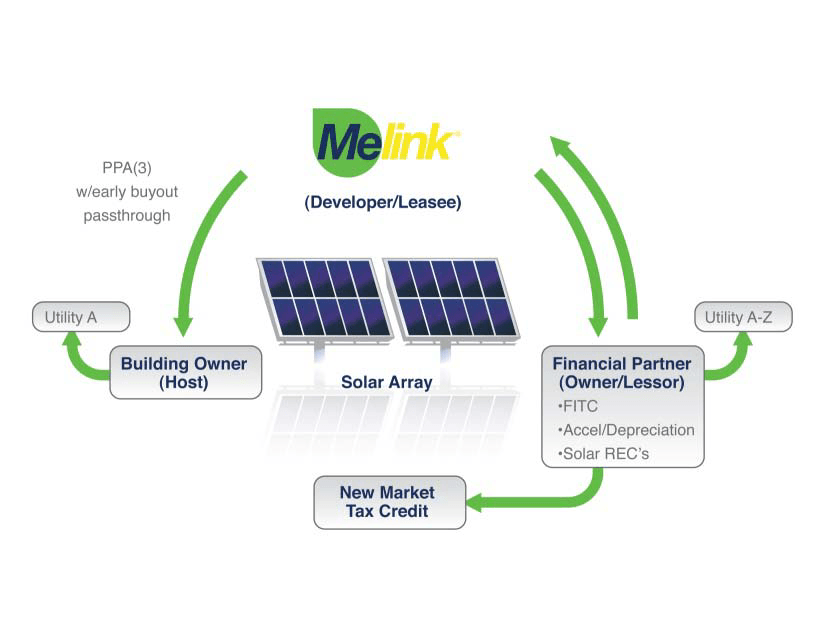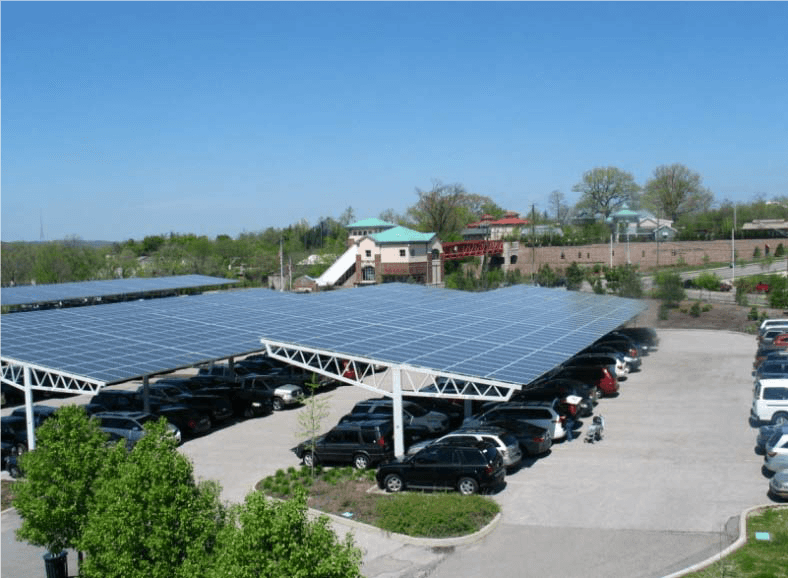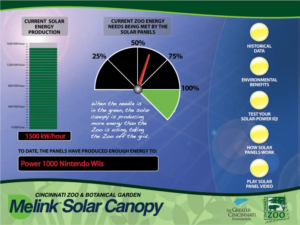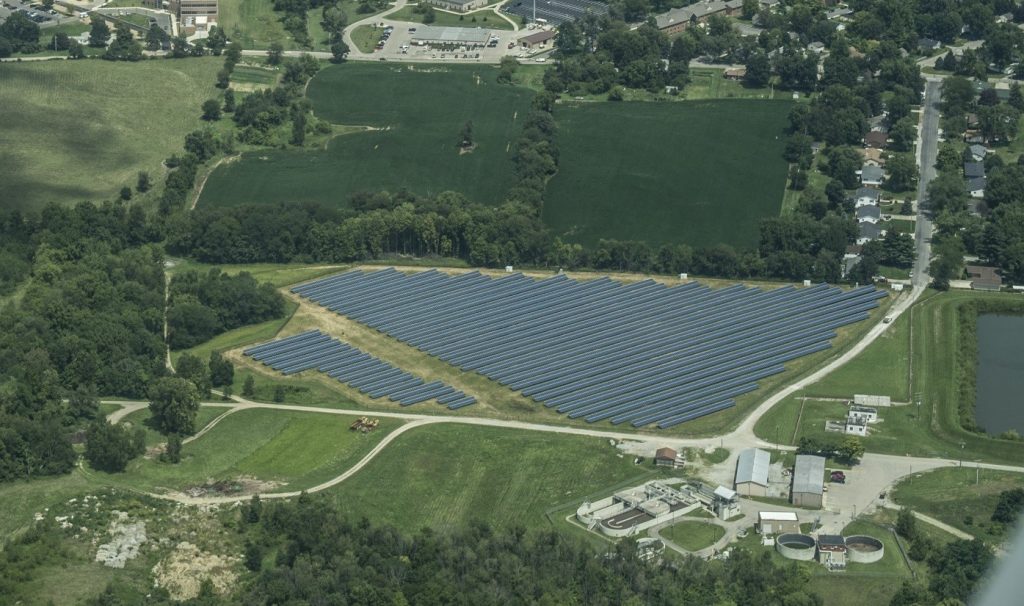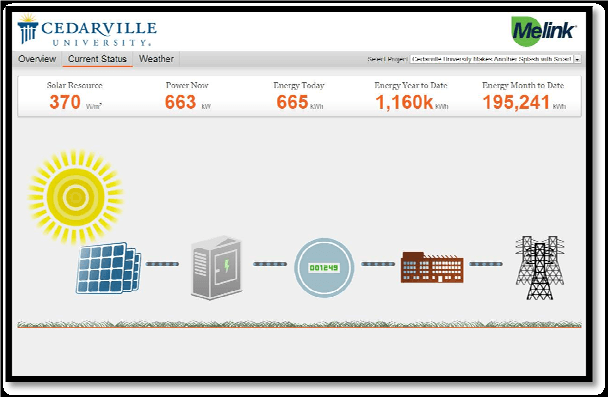Mount Saint John is deeply committed to its sustainability journey. The Marianist community wanted to achieve Net Zero Energy, which means their solar array will produce 100% of the electricity needed on an annual basis. On June 9, 2023, the solar array sprang to life. The system produces more energy than MSJ needs during the day, so the electricity goes back to the grid as a credit for night time and cloudy days when grid power is needed.
Solar Solutions
Mount Saint John’s solar array is not merely a collection of panels; it’s a beacon of solar energy innovation. Encompassing 3 acres of campus landscape and boasting an impressive assembly of 1,920 locally manufactured 445 Watt panels, this energy system is a game-changer. With the capacity to generate an astonishing 1.1 million kWh of energy annually, it isn’t just fulfilling the campus’s energy needs; it’s exceeding them. The surplus electricity is thoughtfully credited back to the grid, thanks to net metering, ensuring an eco-friendly equilibrium.
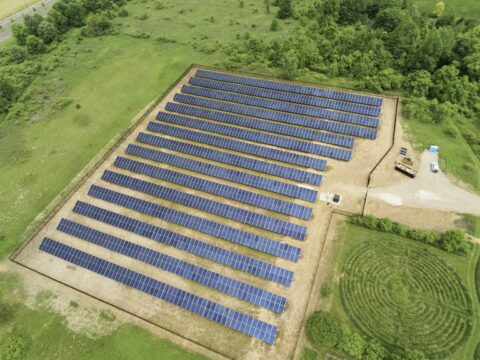
Result
The results achieved by Mount Saint John through the activation of their solar array are nothing short of remarkable. In a mere 13 days, this system churned out over 35,000 kWh of electricity, demonstrating its exceptional performance. This energy surplus has transformed the campus into a netzero energy consumer, marking a momentous step in environmental conservation. Mount Saint John’s commitment to sustainability and their impressive accomplishments underscore the institution’s unwavering dedication to creating a cleaner, greener, and more sustainable future.
Download the full case study.
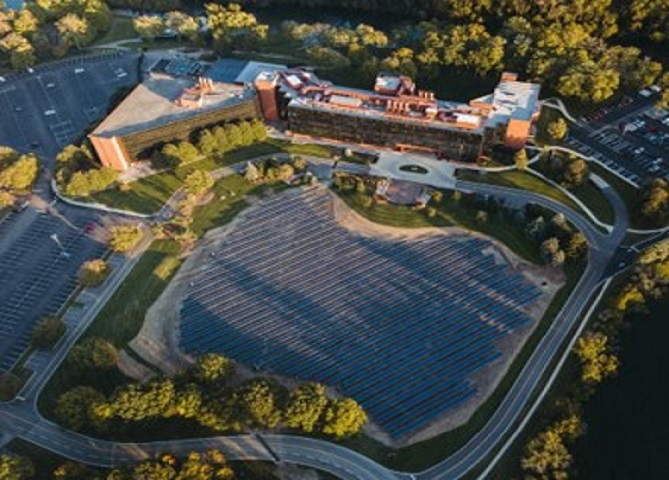
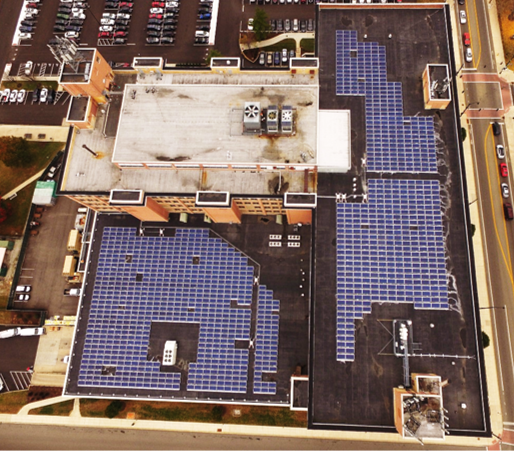
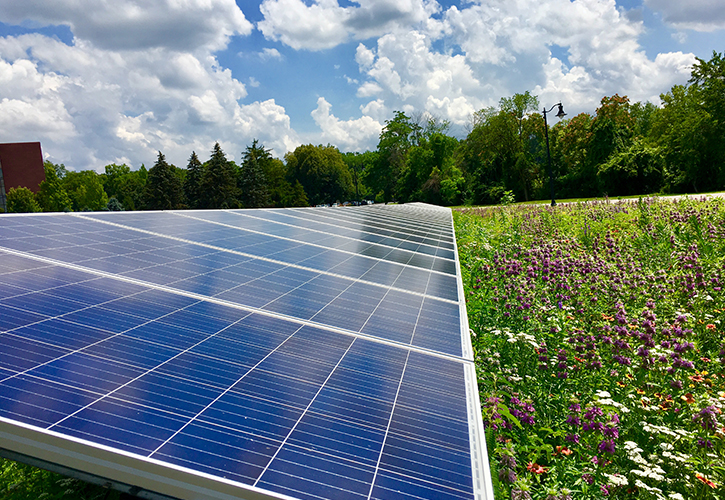
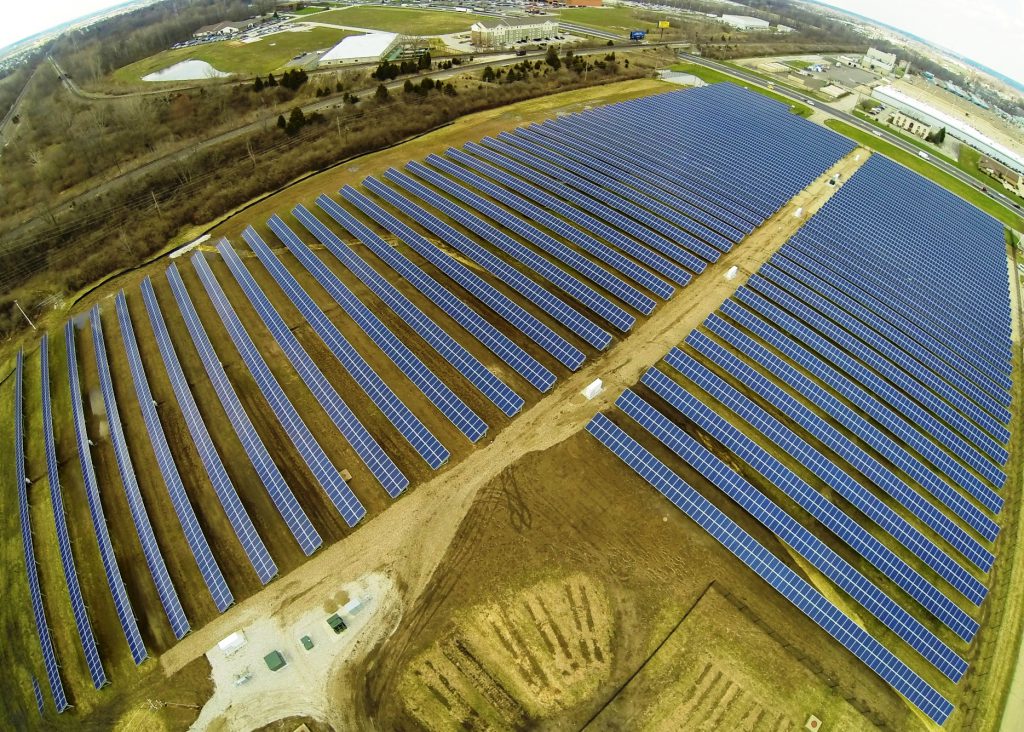

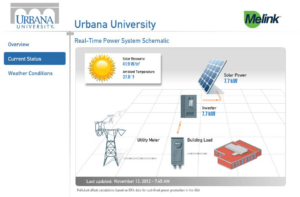
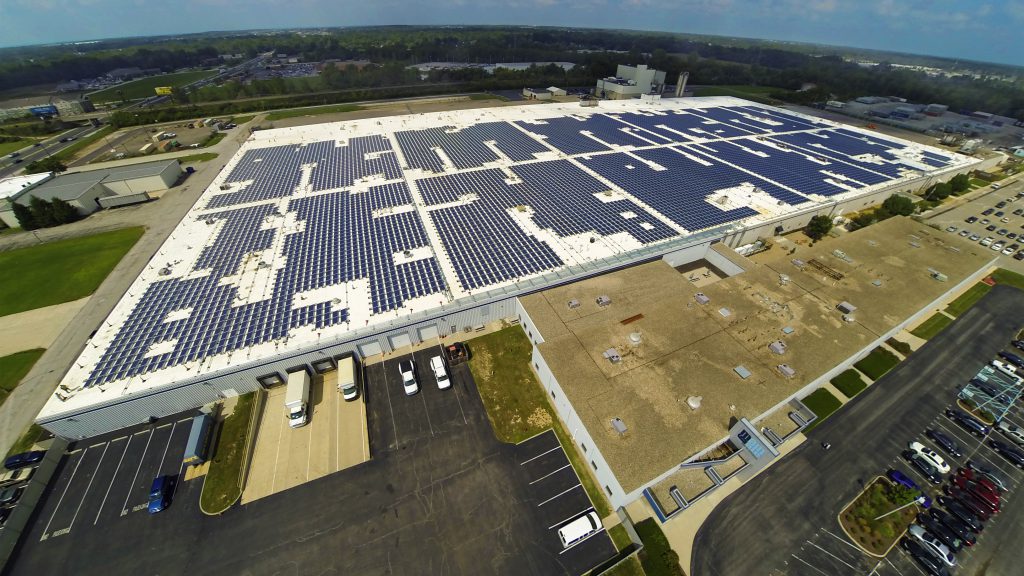
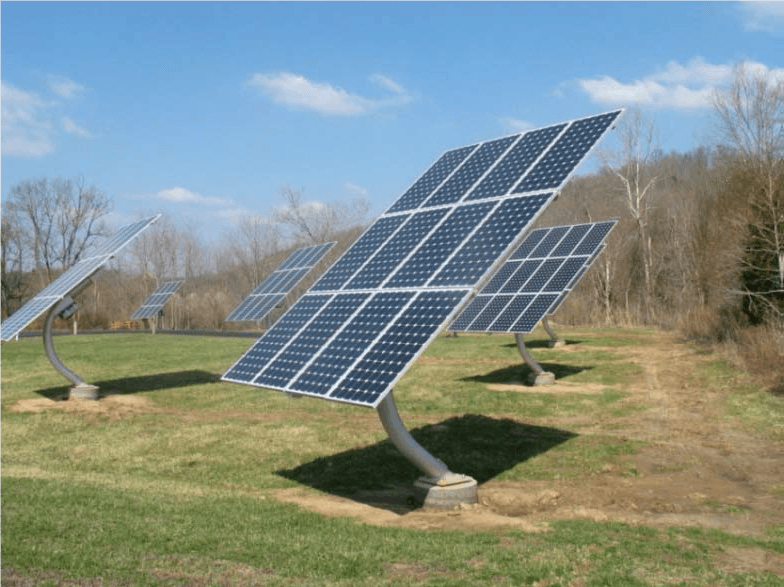 Xunlight
Xunlight